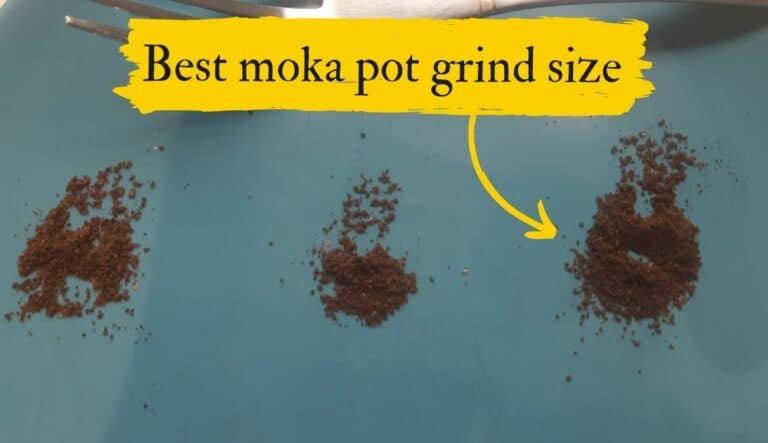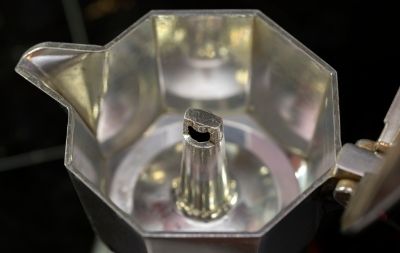Moka pot coffee is an excellent brew method for creating a tasty coffee. However, many people encounter an issue where their moka pot leaks during the brewing process.
There are a few common reasons and simple solutions for this issue:

Why does my moka pot keep leaking?
The most common reason for a leaking moka pot is that the top and bottom chambers are not tightly screwed together. Other causes are that the pieces are not threaded or aligned correctly, the rubber gasket is damaged, or the grind size is too fine.
Is it normal for a moka pot to leak?
Most people will experience a leaking moka pot at one point or another because they forget to tighten the chambers tightly enough. This probably won’t happen too often though.
Bialetti moka pots have a good manufacturing reputation. It’s unlikely that you will purchase a faulty moka ot that leaks due to a defect.
Where does a moka pot leak from?
At the threads
Your moka pot is most likely to leak at the threads where the top and bottom chambers connect. A loose connection here will cause the internal pressure to push water out of this gap.
This is caused by not screwing the pot together tight enough or by a damaged rubber gasket that sits in the top chamber of the device.
At the pressure valve
A moka pot may also leak out of the pressure valve if the internal pressure rises above 3 bars. This will usually only happen if something is clogging the moka pot and preventing the steam to release upwards into the upper chamber.
This may happen if you haven’t cleaned your moka pot in a while and there is a build up of old coffee grime. It make also happen if your grind size is too fine.
A fine grind size will be more compact and will require greater pressure to allow steam to pass. Make sure your moka pot grind size is more coarse than an espresso grind.
How to prevent your moka pot from leaking
Make sure your pieces are aligned
Make sure your top and bottom chambers, as well as the individual components within, are aligned when screwing everything together. It’s not uncommon for you to miss a thread or for a lip to get caught on another.
You should be able to visually spot misaligned pieces when looking at a fully assembled moka pot that’s ready to brew.
Make sure you tighly screw the chambers together
You really want to make sure your top and bottom chambers are screwed together tightly. This is the main cause of moka pot leakage.
Consider replacing your rubber gasket
The rubber gasket is the piece that contacts the bottom chamber when the moka pot is screwed together. A tight seal cannot be made if this rubber gasket contain holes, is warped, or dried out and brittle.
In this case, a leaking moka pot is inevitable because it won’t matter how tight the moka pot is screwed together. A fault rubber gasket will prevent your moka pot from having a secure seal that is able to withstand the internal pressure cause by the brew.
The rubber gasket in the top chamber will deteriorate after enough use. The constant expansion and contraction caused by the heat will eventually wear out the rubber. You likely won’t need to worry about this problem until after a couple of years of use. Regular cleaning will prevent this from happening quickly as well.
Bialetta sells replacement gaskets online for about $15 dollars.
We have also found that the rubber seal tends to retain its shape and strength when we store the moka pot assembled. This means screwing the two chambers together during storage, but not as tight as when you brew.
Get the correct grind size
Make sure your grind size is not too fine. It should be slightly more coarse than an espresso grind. This will reduce the internal pressure and prevent the pressure valve from going off.






